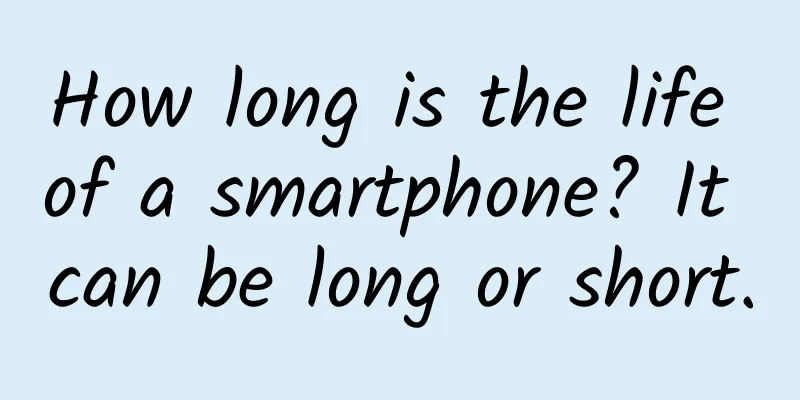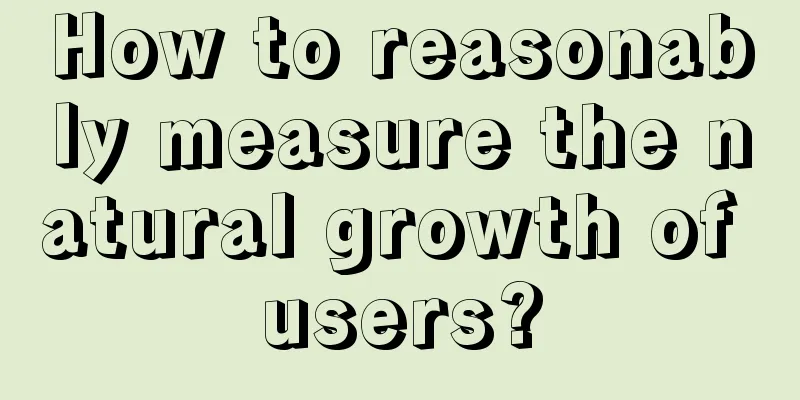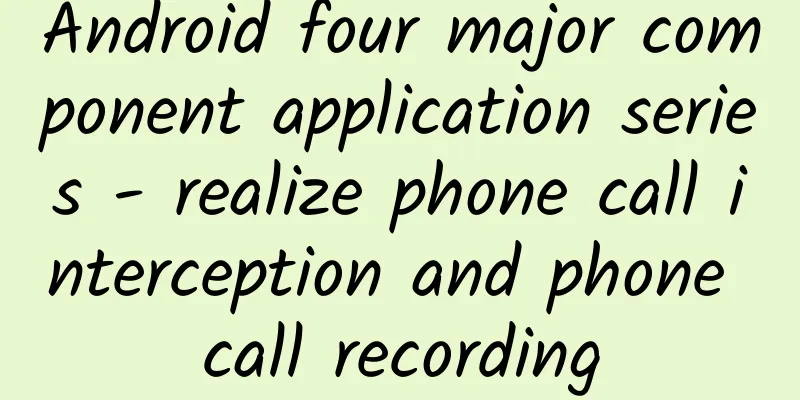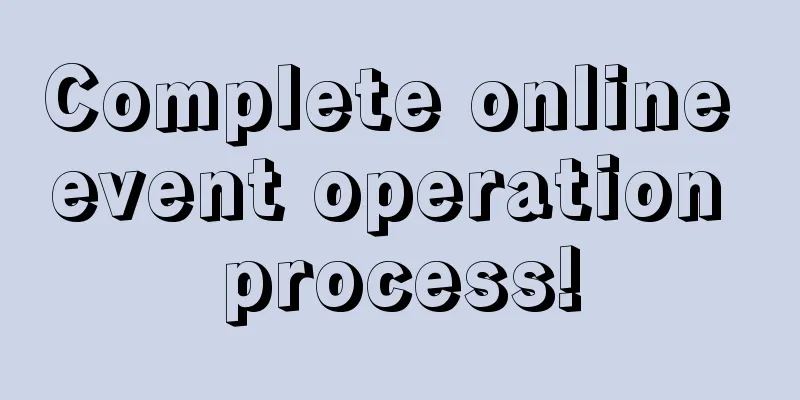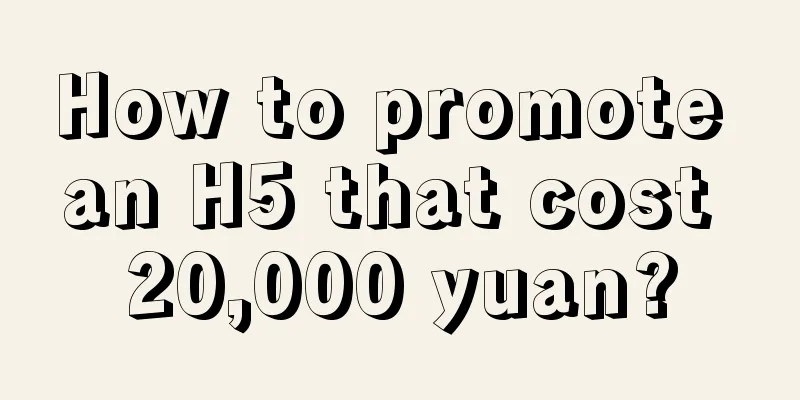5 tips for indie game developers to master social channels
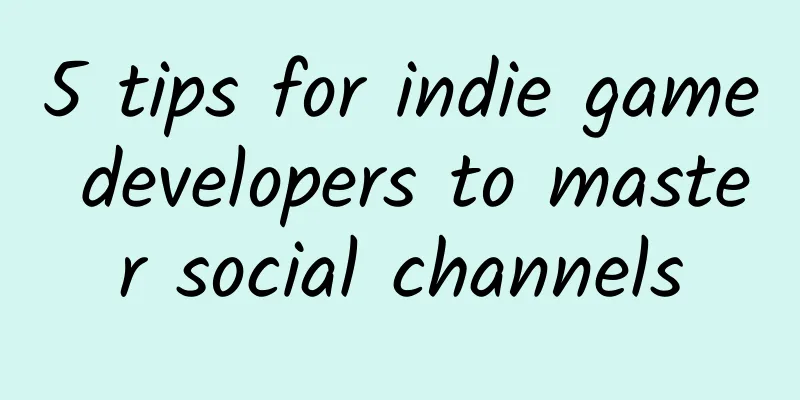
|
For anyone looking to make a name for themselves in the gaming industry, the pressure to master social media is inevitable. Successful independent game companies can build a large and loyal following on social platforms, but for other companies, learning how to manage multiple social networks is like learning a whole new language. In such a competitive gaming market, especially when it is dominated by a small number of companies, the increasing use of social media platforms can and should become the most effective weapon for independent studios. This topic was actually discussed in September 2014, and it has become a very popular trend that efficient developers and marketers have begun to use Twitter, Facebook and Youtube as key channels to connect with players. In fact, unlike some companies that directly approach the gaming media, savvy studios use social media as a tool to kill two birds with one stone. You can reach users in your own way and gain popularity for your game, attracting the attention of players and some media in the process. The importance of social media may have been first proposed by Rami Ismail of Vlambeer, who said at the time that the company's "Ridiculous Fishing" would not have been so successful without the use of social networks. So why hasn't Vlambeer's method become a common practice among independent developers? Natlie Griffith of PR agency Press Space said, "A lot of people lack confidence. Many developers are too humble or just don't realize what they are good at and what they are interesting. They find it hard to know if people will be interested in what they do or say." Griffith stressed that it is one thing to recognize that social media is a tool that can be used, and it is another thing to use it effectively. The harm caused by using social media is higher than not using it at all, so for independent developers, it is necessary to have the right people to use social media correctly. The following five suggestions can help independent developers use social media as a marketing tool correctly.
1. Promote your game early Deciding when to reveal your ideas is a difficult problem, and one that many developers have to deal with when considering social media. If you talk about a great game you're working on, what if someone steals your ideas? This is a question that Vlambeer's Rami Ismail has discussed on many occasions. Is hiding your ideas the solution? Ismail's approach is different, and he believes that the more you talk about your game, the more the idea belongs to you, and that the gaming community will help you call out other companies if they see them stealing your ideas. "It's never too late to talk about your game, show off trailers, concept art, or other ideas," Griffith said. "There's no good way to get a large audience quickly, so the sooner you start building, the better chance your game has of success." This view is echoed by Jane McConnell, community management expert at Pixelbomb Games, who said, "I can sincerely tell you that you should use social networks from the beginning, from day one. Having an idea is enough to start a Kickstarter campaign, and it is enough to create a buzz. If you start promoting the campaign, you can get some results. If you are in doubt, then present your idea as early as possible to prove that you are the first to think of the game concept." McConnell recommends that developers start with platforms suitable for independent developers, such as IndieDB, which not only allows you to see player reviews, but also industry feedback. Then, you can start using Twitter. Because you can find like-minded people online and start collaborating offline. You can push your content to thousands of users. "Finally, you need a developer blog where you can post your thoughts and experiences during the creative process, regardless of whether anyone else will be interested, because they may not be published for months or even a year. Blogs are not outdated, but it may be more fashionable to do it on YouTube. As your game development and company grow, it can help you get out of some of the pitfalls of game production and help you understand what you have done." 2. Choose the social media that suits you and customize the information you convey Once you determine that social media can be one of the studio's strategies, then how to deal with content and activities becomes a more important issue. Perhaps before you start doing something, you should first know what you should not do. Griffith advises, "The worst thing you can do is post something from Twitter directly to your Facebook page. If people follow you on both channels, they'll see multiple duplicate messages on different platforms, and you'll lose the opportunity to increase their engagement in multiple ways. There's no saying which channel is better for which game, but it's important to think about your potential audience and the time and place they'll receive information about your game, etc." "Twitter is more suitable for instant short messages. You can use it to answer their questions, push information for them or tell them about some activities. You can also use it to maintain relationships with players, media and other developers. Facebook is more suitable for longer content. It doesn't need to be particularly active. You can give fans some time and have a deeper conversation with them, or ask for their opinions and feedback. Facebook is more suitable for voting or competition activities. Of course, this function is not needed by all developers or games. So when using Facebook, you must think about how to maintain it in advance." Griffith stressed that Twitter is undoubtedly a social media platform more suitable for two-way communication, so it is very important to use it reasonably: if every time you chat with your real friends, they sell you something every day, you are likely to stop talking to them. Twitter is the same, it is not a channel specifically designed for you to sell products. If your Twitter account posts all links to game sales, one day fans will lose interest. Similarly, if you do not participate in the discussion of the game and only post some game art illustrations, you will lose some effective methods. Twitter is a social platform for people to have fun after work, not a shopping channel. McConnell said, "I recommend that indie developers create different campaigns for their game brands and their studios because they are different properties, and also remember that your studio is always more personal than your game because it is you communicating with the players. That way, when your game is first released, people will be willing to try it because they may have heard of your name." At the TIGA event held in Manchester not long ago, McConnell said that independent developers should not use social channels the same way as big companies. They should give full play to the advantages of independent studios instead of using official language and not be afraid of saying the wrong thing. "The advantage of independent developers is that you communicate with fans as individuals, which can make game making both professional and cool. You can tell fans about your status through Twitter, just like communicating with them as if they are very close. As the Americans say, you must be related to them." 3. Pay attention to new platforms with potential Twitter is one of the most powerful social media tools available to even the smallest studio, but it’s by no means the only option. Developers have so many new platforms to choose from, and users are spread across them. Griffith said, "Twitch is currently a big opportunity for many developers, especially small independent teams without a large marketing budget. You can bring yourself fans during the research and development process, get very valuable feedback, and expand your coverage. This is actually not difficult to do. You don't have to be a professional photographer. You just need a microphone to tell people what they are seeing, or tell them about some games or features you are working on." In addition, Snapchat and Instagram are also currently popular platforms. 4. Analyze and monitor people’s responses Whether you adopt all of these tips or just some of them, social media is a two-sided thing. Whether you're replying to comments on IndieDB or answering user questions during a Twitch stream, it's important that you connect what you're saying to gamers, not only because social media is about being social, but also because you're communicating with gamers through these platforms, understanding what they need and what they don't care about. Often independent developers see social media as a tool that they must master, even without knowing why. In short, channels such as Twitter and Facebook allow you to cut out the middleman, no longer need to hold press conferences, find spokespersons, etc. Independent developers can do it themselves, and do it in a more efficient way. “It’s important to understand what your users are saying so you can adjust your strategy accordingly,” Griffith said. “Whether you have data analytics or not, independent feedback like this will give you an idea of what your users are looking for. No feedback doesn’t always mean you’re doing it wrong. You have to look at results from multiple channels, but never ignore users who don’t respond and don’t assume they’re OK.” If you really don't know why your approach isn't working, then you probably need outside advice, provided you have the budget to do so. McConnell says, "Social outreach is like fixing a bug in a game. If you can't do it, it's best to hire a professional. If you have the time to do it as a developer, then don't outsource it. Ideally, marketing should be part of your business plan. I would obviously recommend outsourcing to indie developers and creating your own profile, just like sharing information about your game." 5. The most important point: humanize it If you can't remember all of the above, here's the shortest summary: Be human. Remember that even if someone is interested in your game, they won't follow you on Twitter or Facebook if you just post some sales links every day. In the Kickstarter era, players are interested in the developers behind the game, just as they are interested in the game, especially independent developers, they want to communicate with you in a more personal way. Griffith said, "I always recommend that people divide Twitter activity into three areas. One is broadcasting, such as announcing something, sharing information; the second is chatting, such as communicating with fans, answering questions, asking for feedback or opinions, etc.; and the last is sharing, such as sharing your knowledge or suggestions with people, promoting something that others are doing, etc." Like game development, a lot of social media depends on your passion for what you do. If you are not active on social media at all, it is likely that the message you convey will be ineffective. For example, you can post pictures of your breakfast at GDC, post problems you encounter when using the engine in your blog, etc. Most importantly, the key to social media is to use it as an open channel for your thoughts and experiences. Don't post things that have nothing to do with the game or development. It's important to keep players engaged. |
<<: Front end, why don't I want you
>>: Programmer, the dream and the reality of earning 30K a month, which one would you choose?
Recommend
How do growth hackers perform operational data analysis?
Attracting new users , promoting activation, and ...
300 fission cases: How to build traffic acquisition thinking?
In the WeChat ecosystem , whether it is micro-bus...
Short video operation guide for educational institutions!
For online education institutions, customer acqui...
Practical review: A practical social media marketing plan for automotive products
In early June, a student took on a social media m...
Android GC Principle Exploration
[[191646]] Preface The idea of writing an artic...
Windows 10 is frustrated. Can Cortana take on the future of Microsoft?
[[135660]] In March, Microsoft reached a cooperat...
vivo App Store CPD Cooperation Process
CPD Cooperation Process The current CPD cooperati...
What does SEO outsourcing mean? How much does SEO outsourcing service cost?
Almost 100% of websites require keyword ranking. ...
In the search promotion cooperation of Baidu Alliance, if a user clicks on 1,000 ads, how much money can the website owner earn? Assuming 30 percent,
First of all, you asked the wrong question. There...
How to choose an IDC service provider for high-defense server rental?
What should I pay attention to when renting a ser...
Marketing Promotion: How does fission marketing achieve market “fission”?
Fission marketing is like cell division, from one...
How many sparks will occur when HTML5 meets Native?
A few days ago, there was a piece of news that at...
It’s finally here! WeChat’s new feature is online. I’ve been waiting for this moment for almost 10 years.
[[393410]] When reading articles, browsing Weibo ...
How can traditional companies without Internet products rely on self-media channels to acquire customers?
China's Internet has been developing for near...
How to increase online user growth during the epidemic
In special times, shifting from offline to online...
